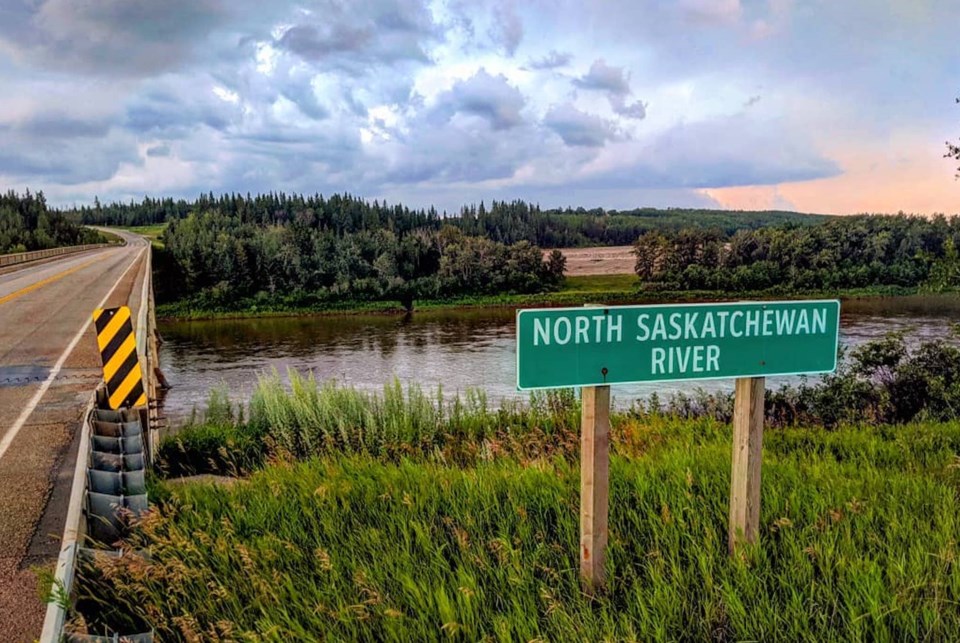Substantial investments from the province are needed to prevent the deterioration of thousands of Alberta’s bridges, according to a report from the Rural Municipalities of Alberta (RMA).
Analysts from RMA looked at the condition of bridges and culverts managed by rural municipalities and estimated there is an infrastructure deficit of $2.29 billion. This deficit refers to the amount of money required to bring existing infrastructure conditions up to an optimal level where risk of failure is minimal, and maintenance costs are most efficient.
If bridge infrastructure is allowed to deteriorate, the cost of repair will become “extremely expensive” and put “incredible pressure on municipalities to reallocate revenue from other areas to address their infrastructure issues,” the report says.
Because maintenance costs rise considerably as conditions degrade, Wyatt Skovron, general manager of policy and advocacy at RMA, says an investment made now will pay for itself in the years ahead.
“It's a lot of money, but it's also an investment in significant cost savings and significant risk reduction, both at the local and province-wide level in the long term,” Skovron said.
The target state level of condition used in the report is about 94 per cent of new condition. Of the 8,334 bridges and culverts surveyed in the report, more than half had a condition rating of less than 50 per cent. Only 23 assets had a 100 per cent rating.
Rural municipalities manage about three-quarters of all bridges in Alberta, and they tend to spend significantly more of their budgets on transportation than urban centres, Skovron said. Decades of underfunding from the province have made it harder for municipalities to manage their bridge portfolios, leading to more weight restrictions to extend the lifespan of aging infrastructure and difficult conversations about strategically closing lesser-used roads and bridges.
“Some of the narrative we've heard from the province periodically is that maybe the solution is we have to close some of these bridges, but very few exist for no reason. They're all providing someone or some business access, so it's a tough conversation to have locally,” he said.
Roads and bridges are integral to supporting “almost every sector that drives Alberta's economy,” and are the “first link in national or even international supply chains,” Skovron said.
“You can't get things to ports, and you can't get things to rail and so on without having these roads and bridges. So, we do want the province to start looking at it that way, and I think it might change the conversation.”
Since the responsibility and management of local bridges was transferred to municipalities from the province in the 1990s, funding levels have fluctuated considerably. In 2013, Alberta's Strategic Transportation Infrastructure Program (STIP) was zero-funded and effectively removed from the budget, the report notes. Though the program has since been reinstated, RMA says funding for bridges in rural areas has continued to lag. The STIP budget is set at $43.5 million this year, and is forecasted to decrease to $32.6 million in 2025.
The deficit summary report on bridges is the first phase of a larger project assessing transportation and utility assets in rural Alberta, and additional reports will be released in the coming weeks. The final publication will include detailed recommendations to the province, Skovron said, but two major changes RMA is advocating for are significantly increases in provincial funding and for the province to work with municipalities to help build capacity around asset management.



